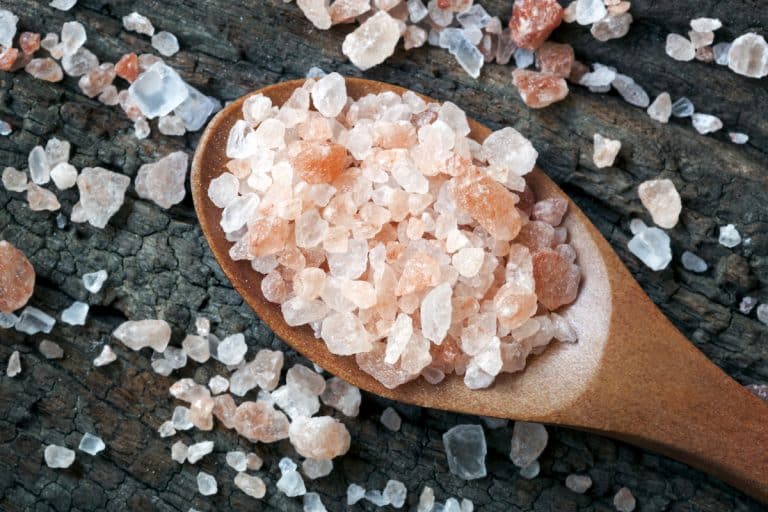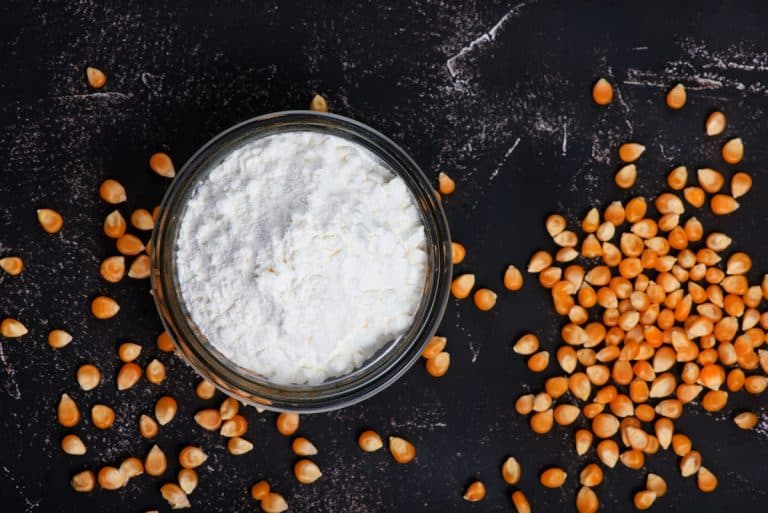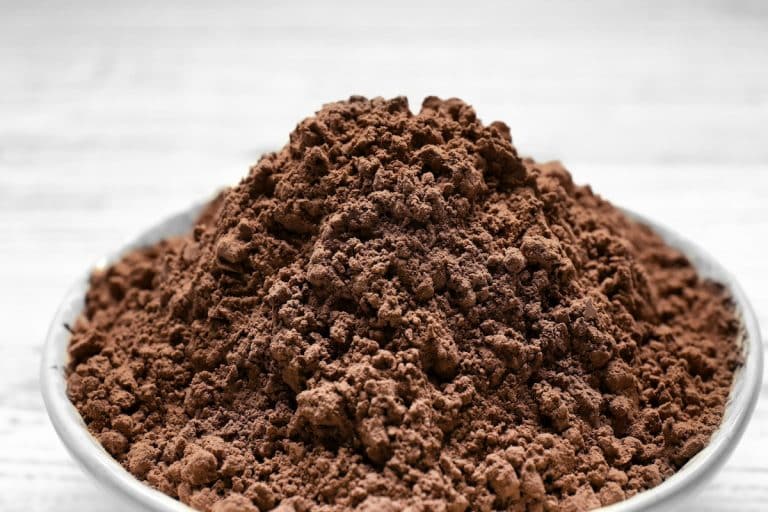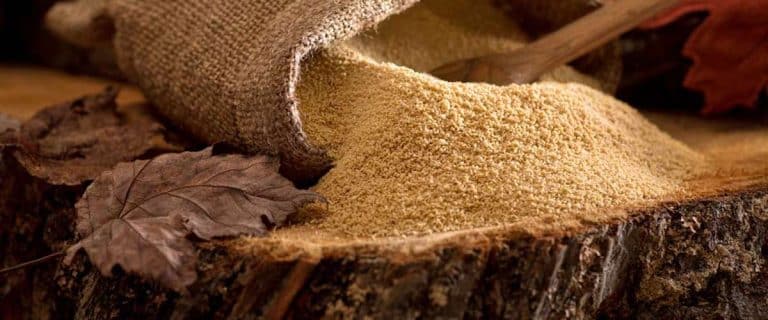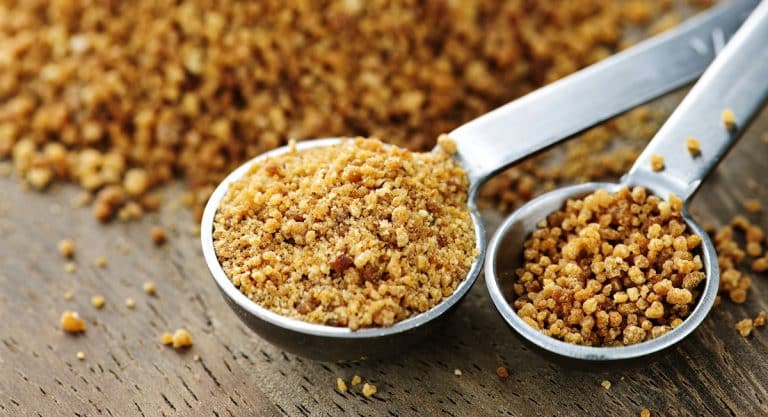Poppy seeds are believed to have originated in either Western Asia or the Western Mediterranean region. Historians believe that they were first cultivated in lower Mesopotamia by the Sumerians around 3400 BC. It was at this point that opium was discovered and first used. The plant, along with its medicinal and dietary uses would be passed on to the Assyrians and from them to the Babylonians and then to the Egyptians. Poppy seeds were documented by the Ancient Egyptians around 1550 BC as being an effective sedative. Poppy seeds were also used by the Minoans during the Bronze Age.
 SPICEography
SPICEography
Jalapeño Powder: Spicy And Bright
Jalapeños have been around since before the Aztec civilization. The Aztecs smoked these peppers to dry them since their thick flesh made sun-drying difficult. When smoked, jalapeños are referred to as chipotle peppers. Smoking was necessary since the peppers tended to rot rather than dry out when left in the …
Himalayan Salt: A Colorful Finishing Salt
All Himalayan salt comes from the world’s oldest salt mine in Pakistan’s Punjab province. The area is known as the great Salt Range. According to geologists, the mine was formed when shifting tectonic plates trapped an inland sea that was eventually dehydrated. The salt is what was left behind. The salt’s most distinctive characteristic is its color, which is pink (why it’s often known as Himalayan pink salt). The pink color is thought to come from the remnants of sea life that existed in the ancient ocean.
The tunnels in the mine would be developed in the 19th century. This was due to the efforts of a mining engineer from Britain who came up with a special method for tunneling further into the Salt Range. His technique is still used today.
In addition to being the oldest salt mine, it is also the world’s second largest and covers approximately 43 square miles.
What’s A Good Corn Starch Substitute?
You will need an effective thickener if you are making a pie filling, a gravy or a sauce. Corn starch is the go-to thickening agent for many cooks and is both affordable and easy to find. If you need a thickener and find that your corn starch canister is empty, there is no need to panic. Try one of the corn starch substitutes below.
Corn Starch: A Neutral, Corn-Based Thickener
The invention of corn starch (a.k.a. maize starch) is widely attributed to a chemist named Thomas Kingsford in the 1840s, but he may only have invented a part of the manufacturing process. His invention was actually based on a process for extracting vegetable starch invented in 1840 by Orlando Jones, an Englishman. Kingsford merely applied Jones’s method to corn. Kingsford’s method involved soaking corn kernels in an alkaline substance and then grinding them. This process was called wet-milling.
At the time that he his process for making corn starch, Kingsford was working at a New Jersey wheat starch factory owned by Colgate & Company. Kingsford would eventually go into business for himself and start his own corn starch factory.
Cocoa Powder: A Universally Loved Flavor
Most historians believe that the first people to cultivate and use cocoa were the Olmecs who lived in what is now Mexico between 1500 and 400 BC. They are believed to have discovered its usefulness by observing rats eating the fruit of the cocoa tree. Both the Mayans and Aztecs would follow suit and come up with their own methods for cocoa cultivation.
When Europeans arrived in the New World in the 16th century, cocoa was being used as by the Mayans as a ritual drink. Their word for cocoa was chocolatl, from which we get chocolate. Cocoa would be eventually be adopted by the Spanish explorers visiting the New World though some did not like the taste at first. The Mayans would keep the methods of making cocoa secret for almost a century after introducing it to the Spaniards.
Maple Sugar: The Native American Sweetener
Maple sugar is made from maple syrup, which was being used and processed into sugar long before the arrival of Europeans in North America. At the end of winter, the Native Americans would boil the sap of the maple tree to remove moisture and produce sugar that they could use throughout the rest of the year. It is commonly accepted among historians that the Europeans learned about harvesting and processing maple from the Native Americans.
What’s A Good Palm Sugar Substitute?
Palm sugar is used in a variety of Indian, Thai, and African dishes. It has a deeper and richer flavor than refined white sugar, which allows it to give dishes a distinctive taste. Unfortunately, palm sugar can be difficult to find unless you live near an Indian market. It can also be expensive. For a palm sugar substitute that can provide the right flavor notes, consider any of the options below.


